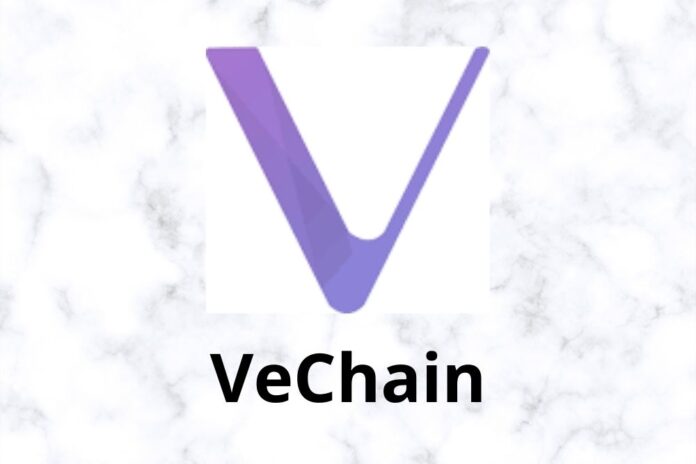The most anticipated development in the VeChain ecosystem, which is the Phase 1 launch of PoA 2.0, is expected to play out before October ends, according to VeChain Dev.
VeChain Dev, the channel that shares VeChain developers’ progress, said this in a tweet on 27th October. According to the tweet, phase 1 of PoA 2.0 is expected to go live before the end of the month.
Read Also: VeChain PoA 2.0 Hits New Milestone with VIP193 Launch On Testnet
VeChain Dev tweeted, “We are working on the final steps to get phase 1 of PoA 2.0 ready for go live at the end of this month. Excited for this major upgrade of the VeChainThor blockchain.”
We are working on the final steps to get phase 1 of PoA 2.0 ready for go live at the end of this month.
Excited for this major upgrade of the #VeChainThor blockchain$VET $VTHO
— VeChain Dev (@vechaindev) October 27, 2021
Stakeholders Vote to Launch PoA 2.0 Phase 1
On 11th October, VeChain Foundation announced the vote to launch the first phase of POA 2.0 on mainnet. Back then, the Foundation enjoined the concerned stakeholders to cast their votes for the advancement of the blockchain.
VeChain Foundation tweeted, “After much hard work, we are excited to announce the vote to launch the first phase of POA2.0 on mainnet is LIVE! Cast your vote and join us for the next epic chapter for VeChainThor – the world’s leading L1 enterprise smart contract platform.”
Meaning of Proof of Authority (PoA) Consensus?
According to a blog post published on Vechain101.com, VechainThor is a blockchain that is powered by a Proof-of-Authority (PoA) consensus algorithm, unlike Bitcoin and Ethereum that run on Proof-of-Work (PoW) and Proof-of-Stake (PoS) respectively.
In Proof-of-Authority (PoA) consensus, one of the 101 pre-approved validators is randomly selected to generate the next block. This particular model avoids computational competition, thereby enabling a faster and more efficient block production.
Why VeChain PoA 2.0 Is Needed
Since VeChainThor’s scaling solution is all about quality, there will always be room for improvement. There are many ways to scale a blockchain network, such as increasing the bandwidth, increasing the block size, etc.
Read Also: VeChain Milestone: VeChainThor Mainnet Reaches 10,000,000 Blocks without Downtime
As for VeChain, it chooses to use PoA 2.0 SURFACE (Secure Use-case-adaptive Relatively Fork-free Approach of Chain Extension) consensus to optimize its bandwidth.
In the process of maximizing the percentage of time spent in transmitting data, more transactions can be included in the block, which will raise the number of transactions per second (TPS) and improve the bandwidth efficiency.


